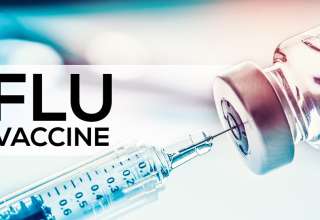
Electricity is an integral part of our daily lives, powering our homes, offices, and devices. However, with its convenience comes the risk of electrical shock accidents. Knowing what to do in the event of an electrical shock can be crucial in preventing serious injury. In this guide, we will walk you through the essential first aid steps to take when faced with an electrical shock.
Recognizing an Electrical Shock
Before diving into the first aid measures, it’s essential to recognize the signs of an electrical shock. Common symptoms include burns, difficulty breathing, muscle pain, and in severe cases, cardiac arrest. If you witness someone experiencing these symptoms after contact with electricity, it’s crucial to act promptly.
Step 1: Ensure Safety for Yourself and Others
Your safety is of utmost importance. Before approaching the person who has been shocked, make sure the area is safe. Turn off the power source if possible, and if you can’t, use a non-conductive object like a dry wooden stick or a rubber mat to move the person away from the electrical source.
Step 2: Call for Emergency Assistance
Dial emergency services immediately. Inform them about the situation and provide details about the person’s condition. Follow their instructions while waiting for professional help to arrive.
Step 3: Assess the Person’s Condition
Check the person’s responsiveness. If they are unresponsive, check for breathing and a pulse. If they’re not breathing, begin CPR immediately. If there’s no pulse, start chest compressions. Continue until professional help arrives.
Step 4: Keep the Person Warm
Cover the person with a blanket or clothing to keep them warm. Electrical shock can sometimes lead to shock, and maintaining body temperature is crucial for their well-being.
Step 5: Do Not Use Water
Avoid using water on the person, as wet surroundings increase the risk of further electrical shock. Water is a conductor of electricity, and using it can worsen the situation.
Step 6: Monitor for Additional Injuries
Even after the immediate threat has passed, monitor the person for potential secondary injuries. Electrical shock can cause internal damage that may not be immediately apparent.
Step 7: Encourage Professional Medical Evaluation
Regardless of the severity of the shock or the apparent well-being of the person, it’s imperative to seek professional medical evaluation. Internal injuries may not be immediately evident, and a medical professional can assess and address potential long-term effects.
In conclusion, being prepared and knowing the appropriate first aid steps for electrical shock can make a significant difference in minimizing the severity of injuries. Remember to prioritize safety, call for emergency assistance, and provide necessary care until professional help arrives.














